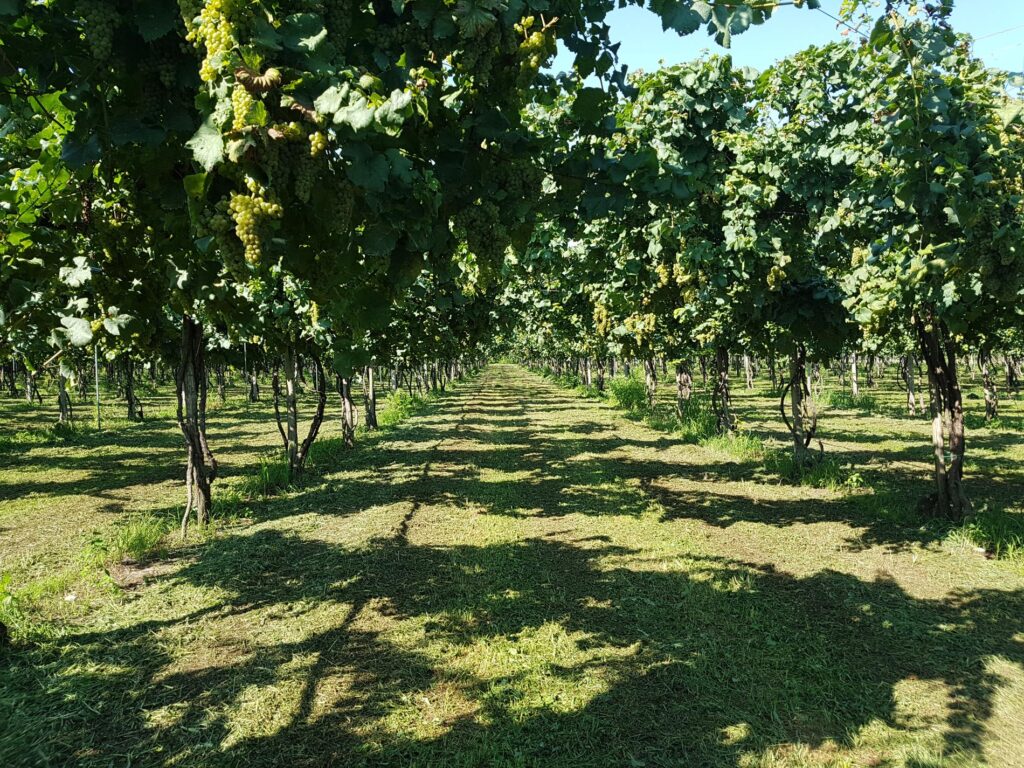What does Millesimato mean?
Prosecco buyers will often have come across the term millesimato in reference to a Prosecco or another wine, and perhaps wondered what it means exactly. The definition can be found in article 7 paragraph 5 of the rules on prosecco production, which discloses that this label can only be given to a prosecco for which at least 85% of the wine used is of the stated vintage, which must be shown on the label. In brief, this means that greater care is taken in the production of millesimato bottles. The producer reserves his best grapes for this label and may apply a more complex vinification process.
To understand how this product is obtained, it is important to underline the differences between Cuveè and millesimato. The term Cuveè indicates a blend of grapes from different vintages and different cultivations, which are combined to obtain a higher quality product. It is the indelible mark of a winery since the wine’s recipe remains a secret, being identified by the Cuveè denomination only. The term millesimato, on the other hand, offers more information to the consumer about the winery’s level of prestige as it implies that the bottle was produced with grapes deriving from the same harvest.
Does Millesimato Prosecco actually exist?
The method used for the production of the vintage is always the Classic Method, which involves refermentation in the bottle on the lees (residual yeast). Let us remember that Prosecco is always produced with grapes from a single vintage. By consequence, the term “millesimato“ in the Prosecco area has come to take on a different value and meaning, often indicating the fact that the grapes were cultivated in the better areas, in other cases it may mean that the wine was produced with greater care by the winemaker, or in others still that the wine was left for longer on the lees or for a longer refinement period.








